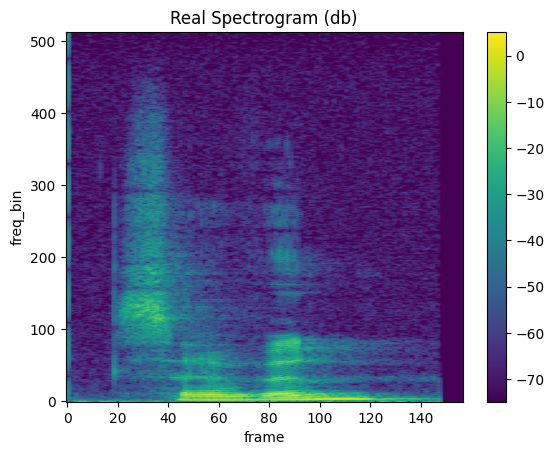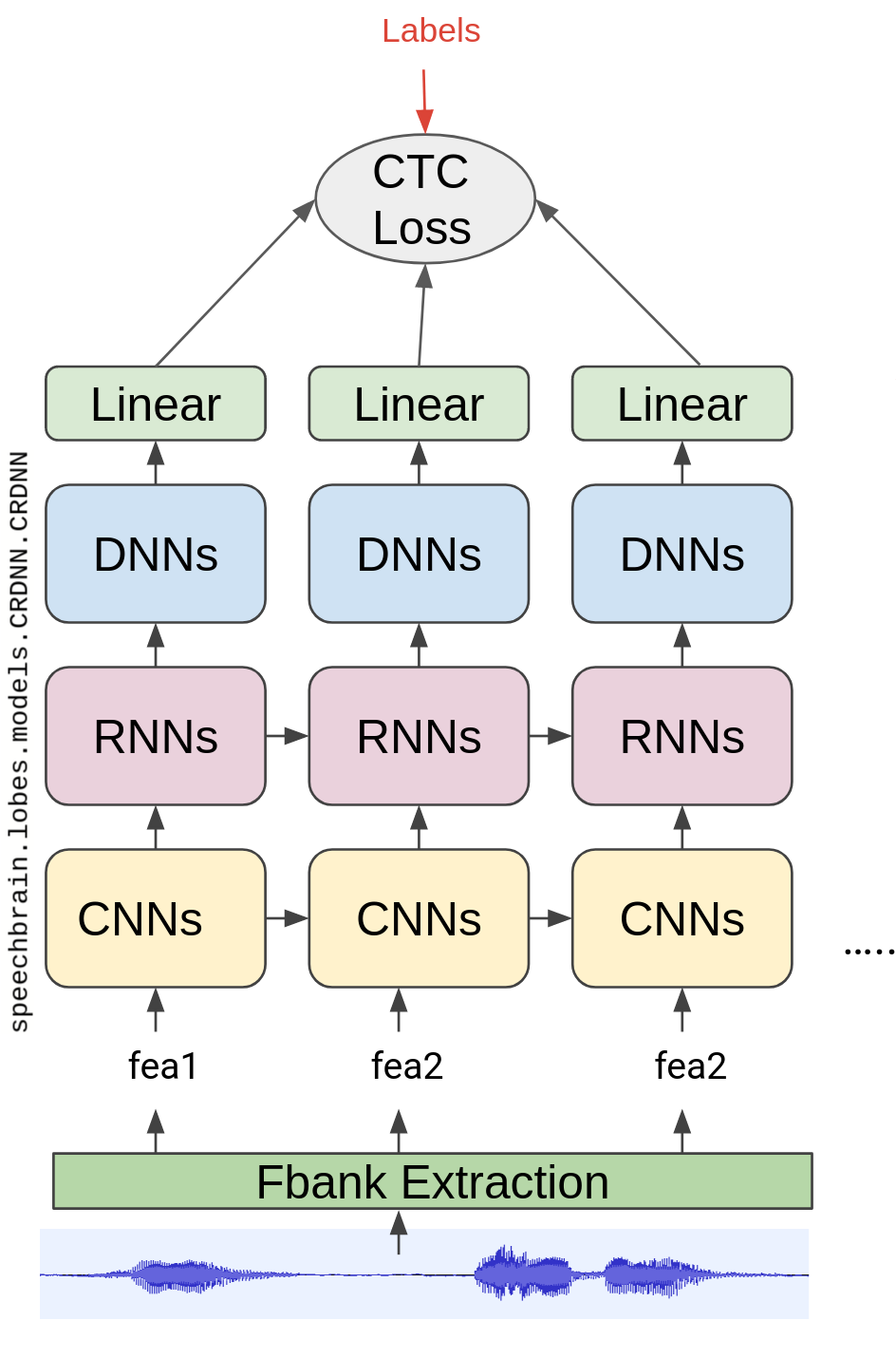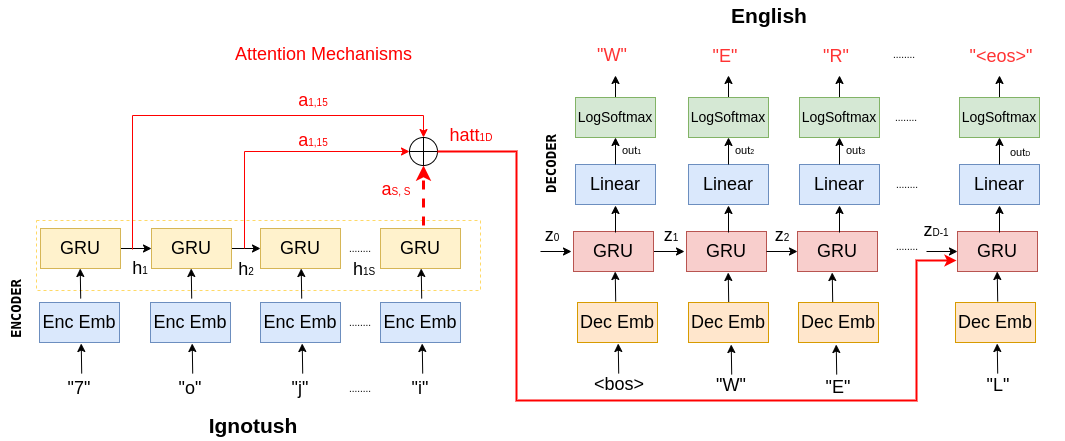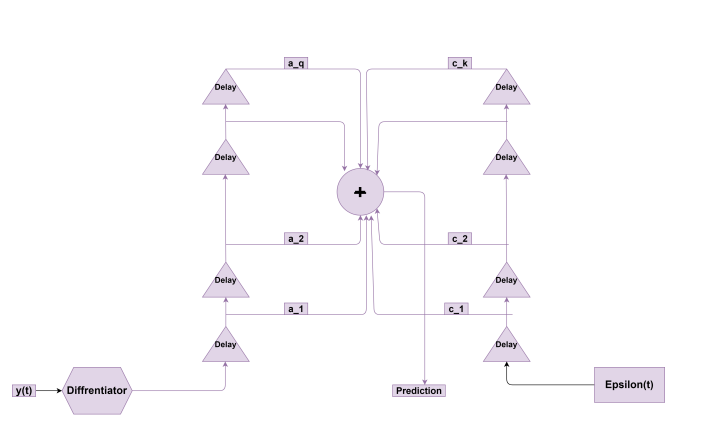Here I have implemented the forward-forward algorithm for the time series (speech) data... Python, Pytorch
Projects
Here, I have listed some of my works, based on their applications. Please click on each topic to go the main project idea and its implementation.
Time Series/ Sequence Analysis
▼
Forward Forward algorithm on speaker identification.

Automatic Speech Recognition (ASR) using hybrid attention + CTC model.
Using CRDNN model and CTC loss for ASR task. Python, speechbrain

Generative Language Model
Here a transformer-based model is used to learn the distribution of text data and finally generate related data, as samples. Python, speechbrain

Machine Translation
Machine translation task is implemented using a seq2seq model and a GRU-based Encoder/Decoder with Attention. Python, speechbrain

Air pollution prediction based on statistical models, random processes (GARCH / ARIMA(X) / SARIMA / ETS)
Most time series are non-stationary... Python, Stats.model.
This is a private project for AUT and the code is not shareable.
Brain Decoding
▼
Brain Decoding Using Connectivity Informed Models
Brain decoding is a procedure for discovering the brain activity, based on its encoded data. Here a graph neural network approach has been used for training, and task classification of encoded data.
Image Denoising
▼
Image Multiplicative Noise Removal Using Statistical Modeling In The Shearlet Domain. (M.Sc. Thesis)
Noise, and distortions, especially multiplicative noise, cause granular effects on images. The pivotal point of this work is to remove such effects by transferring the image to the shearlet domain, and statistically model the coefficients to obtain an efficient estimator. For more details please check my publications. Matlab
For implementations please check my publications.
Watermarking
▼Statistical Analysis of Contourlet Coefficients of Watermarked Images.
CodeDesigning an efficient statistical detector to classify the watermarked coefficients from the clear one. The Generalized Gaussian as a prior for contourlet coefficient is employed, and ROC curve is used to evaluate the designed statistical detector. Matlab
Injecting a text message into a 12 channels electrocardiogram signal based on pseudo-random permutation. (B.Sc. Project)
CodeThe key point relies on erratically, by a pseudo-random permutation algorithm, change the channels order, without information loss. Matlab
Big Data Analysis
▼High dimentional KNN algorithm with CUR matrix approximation
CodeImplementation of KNN algorithm based on a dimension reduction algorithm (CUR decomposition as low rank approximation of SVD). Python, Matlab
High dimentional KNN algorithm with Locality Sensitive Hashing(LSH)
CodeImplementation of KNN algorithm based on Locality Sensitive Hashing(LSH). Python



